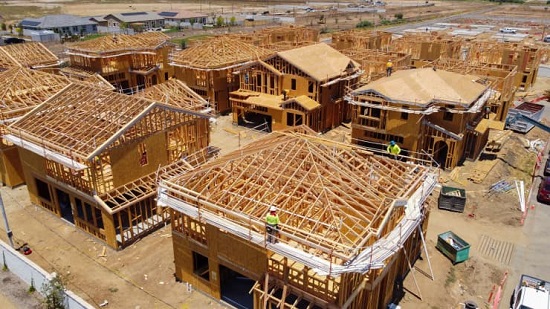 Friday, April 19, 2024
Friday, April 19, 2024  Friday, April 19, 2024
Friday, April 19, 2024 
Anyone searching for a home today knows full well the pickings are slim. The supply of U.S. homes for sale is near a record low, and the gap between supply and demand is widening.
The U.S. is short 5.24 million homes, an increase of 1.4 million from the 2019 gap of 3.84 million, according to new research from Realtor.com.
The U.S. Census found that 12.3 million American households were formed from January 2012 to June 2021, but just 7 million new single-family homes were built during that time.
Single-family home construction has suffered from a severe labor shortage that began well before the pandemic but was then exacerbated by it. Supply chain disruptions in the past year have pushed prices for building materials higher, and as pandemic-induced demand soared, prices for land increased as well.
While new household formation is actually slower than it was before the pandemic, homebuilders would have to double their recent new home production pace to close the gap in five to six years. A new household can be either owner-occupied or rented.
“The pandemic has certainly exacerbated the U.S. housing shortage, but data shows household formations outpaced new construction long before Covid. Put simply, new construction supply hasn’t been meeting demand over the last five years,” said Realtor.com chief economist Danielle Hale. “Millennials, many of whom are now in their 30s and even 40s, have debunked the industry’s ‘renter generation’ expectations.”
Household formation is when an individual moves out of a shared living situation.
Single-family home construction has been rising steadily since it bottomed in 2009 during the Great Recession. It is still not as high as it was just before the housing boom and is actually running at the slowest pace since 1995, according to the U.S. Census.